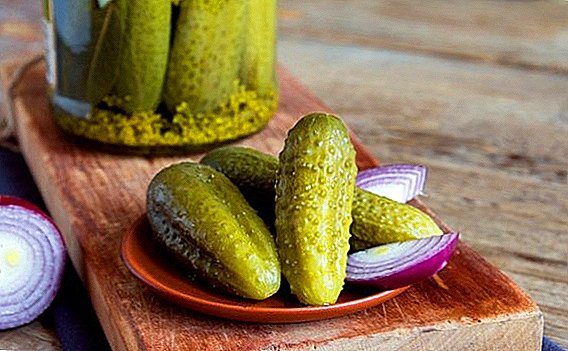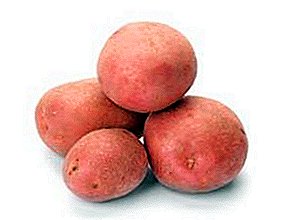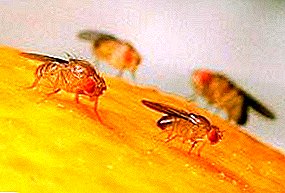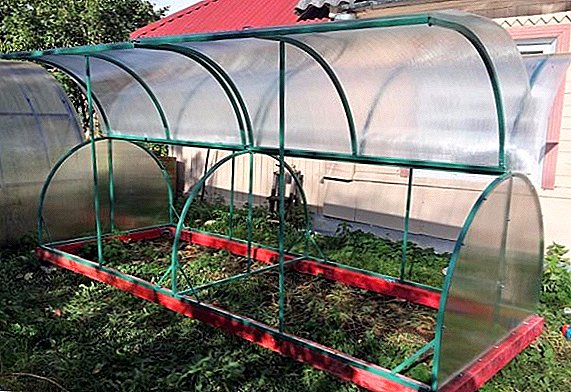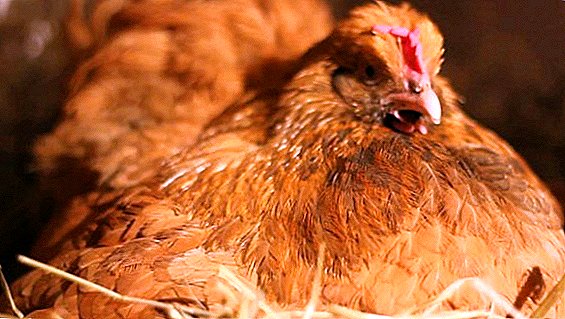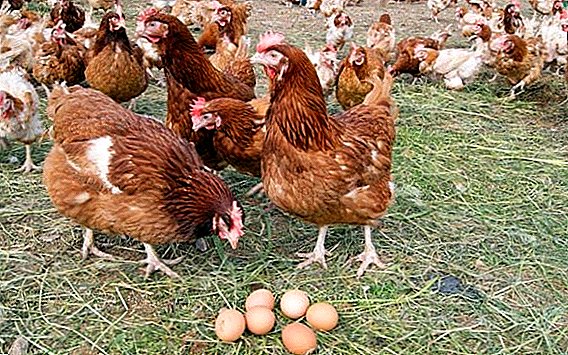
Most gardeners sow the seeds of tomatoes, without pre-processing them, since they trust the inscriptions on the package, which says that pre-soaking is not required and the seeds have passed the control. This is a very big mistake.
Without processing purchased seeds from diseases, in particular phytophtoras, it is possible not only to lose a tomato crop, but also to bring a hardly removable fungus into a vegetable garden, where it can infect many crops - potatoes, currant bushes, garden strawberries. The article describes how to disinfect the seeds and treat the soil before sowing.
Harm from phytophthora
When sowing seeds of tomatoes infected with blight, in the greenhouse or open ground, spores of the disease can be introduced into the soil, from where it can be “dispersed” by the rain or wind throughout the site. It is very difficult to remove the disease, because the spores of fungi are transported by air and water, they easily withstand the most frosty winters and survive in the soil at a depth of 15 centimeters.
Penetrating into the plant, fungi infect the fruits (strawberries, currants, tomatoes of different degrees of maturity), then move to the leaves - covering them with whitish-brown film. Captured by the disease, the green mass of plants becomes stained, twists, darkens and eventually falls off.
The stem, affected by the fungus, becomes covered with dirty stains with the effect of white or brown moss, it becomes thinner and dies. If you do not fight the blight, it can destroy the entire crop of tomatoes and potatoes in the area, and for many years.
Is it possible to protect tomatoes from diseases?
 To grow tomatoes strong and give a good harvest - the treatment of diseases should be carried out at all stages of growth, from soaking seeds to proper tillage. If you omit at least one stage - black or gray rot, blight or fusarium can hit the tomatoes and there will be no harvest. To prevent the fungus from destroying the tomatoes, you need:
To grow tomatoes strong and give a good harvest - the treatment of diseases should be carried out at all stages of growth, from soaking seeds to proper tillage. If you omit at least one stage - black or gray rot, blight or fusarium can hit the tomatoes and there will be no harvest. To prevent the fungus from destroying the tomatoes, you need:
- properly treat the seeds before planting;
- fertilize and clean the soil - after harvest and in the spring before planting;
- to treat the greenhouse for diseases - especially carefully, if the signs of the fungal disease were on tomatoes in the previous year.
Important! In a greenhouse, all types of fungus survive very well, since the conditions for its reproduction are extremely favorable - dampness, heat and the absence of direct sunlight. Therefore, when even the slightest signs appear, it is necessary to thoroughly treat both the soil and the greenhouse walls twice - first in autumn, then in spring.
Also, for greater resistance of tomatoes to diseases, they must be properly fed, in particular with solutions of ash, organic matter and humus.
Instructions for seed treatment before sowing
Before planting, seeds of tomatoes must be carefully picked, rinsed with running water and soaked in a solution that is able to destroy the spores of the fungus in the planting material.
Exactly planting infected seeds is the main cause of tomato diseases in the futureTherefore, their competent processing is a guarantee of a good harvest.
How can you soak the seeds and how to do it:
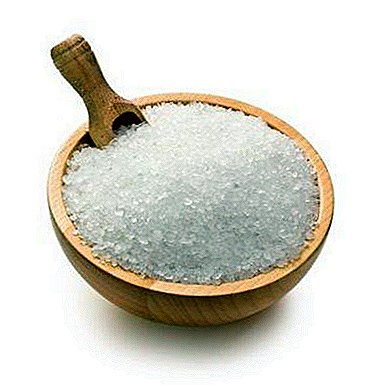 Saline solution:
Saline solution:- half a teaspoon of sea salt;
- a glass of cold, pre-settled water.
In water at room temperature dissolve the salt, stirring well. Carefully pour the seeds for 15-20 minutes, remove the surfaced - they are not viable.
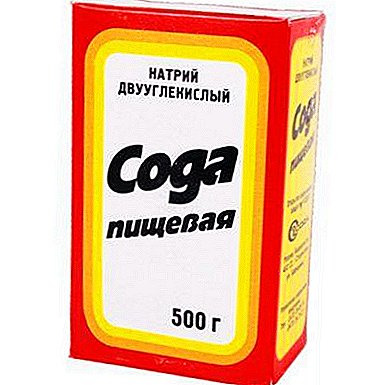 Soda solution:
Soda solution:- baking soda at the tip of the knife;
- glass of water.
Soda creates a weak alkaline environment in which spores of fungi of any type die instantly. Seeds in this solution are soaked for 15 minutes, then washed with running water and sown.
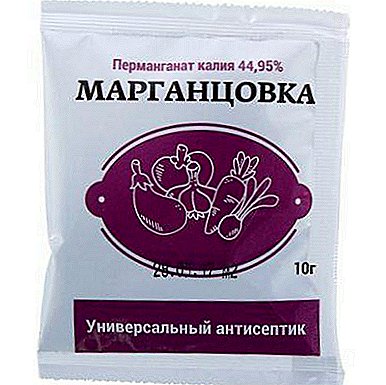 Potassium permanganate solution:
Potassium permanganate solution:- several grains of potassium permanganate;
- 200 ml of water.
Water should get a faint pink hue. After soaking the seed material in this fluid, it is washed, then placed in a wet cloth or gauze.
What and how to disinfect the land in the open ground in the spring?
If in previous years, tomatoes or potatoes did not hurt fungal diseases - for prevention, it is enough to fertilize the soil in the form of sifted wood ash. Ash will not only saturate the soil with essential minerals (potassium, iron, calcium), but also create a weak alkaline environment in the soil. Special useful ashes for heavy acidic soils:
- loamy;
- clayey;
- infertile.
- Ash for planting tomatoes is paid at the rate of 1 liter jar of fertilizer per square meter of soil.
- The ash is sieved before application and thoroughly mixed with the ground, after which the soil is actively watered.
It is more difficult if in the previous year tomatoes or plants growing nearby (potatoes, strawberries, currants) had been ill with blight. Here you can not do with home methods, you need heavy artillery:
- Before planting tomatoes in the spring, the ground will need to be treated with a 3% solution of copper sulfate. And to moisten the soil quite abundantly, digging it to a depth of at least 25 -30 cm.
- A couple of days after the initial treatment you need to spend the second. Dissolve the remedy for the fungus "Fitosporin" in water (1-2 tablespoons of dry matter per ten-liter bucket of water), pour the soil into the composition, then loosen the top layer slightly. The solution consumption is ten liters per square meter of land. Only then can you plant tomatoes.
Processing greenhouses in spring
 In the greenhouse procedure is the same as in the open field. In the absence of disease in tomatoes in the previous year in the soil make ash. If tomatoes have had late blight or another fungal disease in the previous year - several steps need to be taken:
In the greenhouse procedure is the same as in the open field. In the absence of disease in tomatoes in the previous year in the soil make ash. If tomatoes have had late blight or another fungal disease in the previous year - several steps need to be taken:
- Thoroughly wash the walls of the greenhouse with soda solution (3 tablespoons of baking soda per 10 liters of water), paying special attention to places where the walls touch the ground.
- Cultivate the land "Fitosporin" in the same proportion as in open ground.
- If last year the disease struck a significant part of the crop, it is better to remove the top layer of soil and replace it with new ones, as in the greenhouse conditions the fungus multiplies in the soil very actively, and even the actions taken to destroy it may not be enough.
In this way, fungal diseases in tomatoes are extremely dangerous. If phytophthora or gray rot penetrated into the greenhouse or garden, it will be very difficult to remove them. To prevent the occurrence of the disease, it is necessary to disinfect the seeds before planting; it will be extremely useful to pretreat the soil every spring.


 Saline solution:
Saline solution: Soda solution:
Soda solution: Potassium permanganate solution:
Potassium permanganate solution: